6.4: Islamic Golden Age (mid 7th C – mid 13th C)
- Page ID
- 31830
The Islamic Golden Age started in the mid 7th century CE on the Saudi Arabian Peninsula and lasted until the mid 13th century, expanding into Northern Africa, Spain, and Western Asia by 750 CE. Many caliphates ruled the lands and were responsible for scientific and cultural changes and a thriving economy. As the Dark Ages swept across Europe, the Islamic Empire had the most prosperous people in the world with large cities, streetlights, medicine, hospitals, scientists, mathematicians, education, and healthcare.
The leaders wanted to supply a library with wisdom, and scholars were sent around the known world to collect all the books they could find. When the scholars returned, they assembled in Baghdad at the House of Wisdom to translate all the known information into Arabic. These new books (6.10) were available to anyone who wanted to learn and made a significant contribution to their economic success. A modified, more accessible writing system developed simultaneously, and paper was introduced, making it simpler to write and sell a book.
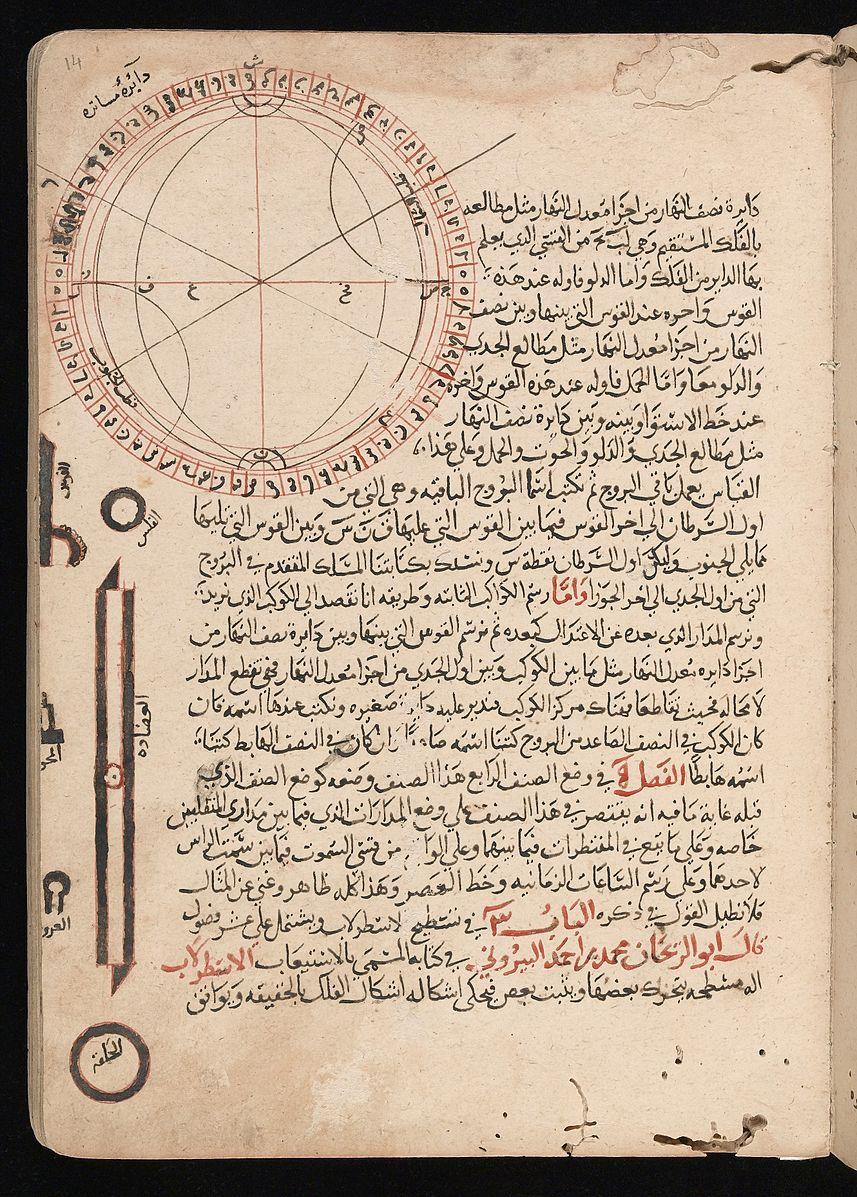
The government highly prized the scholars and spent sizeable amounts of money to create books, translate information into Arabic and Persian, and make information available to many. The use of paper came from China in 770 CE, making it easier to manufacture paper than the parchment they were using. During this period, Christian monasteries in Europe only had 4-5 copies of the laborious handmade bible, and the Islamic government was mass-producing books using assembly-line methods to hand copy the manuscripts, making numerous copies. They created a process to make paper from linen and taught the rest of the world how to produce paper. Scholars translated information from Greek and Roman, Indian, and Chinese, Egyptian, and Phoenician civilizations and sent the newly translated documents around the Islamic Empire for people to study. Saving much of the information from other cultures like the works of Aristotle, the library preserved many great books of literature. Manuscript illumination was a respected art form, and calligraphy and miniature painting became an integral part of the manuscripts.
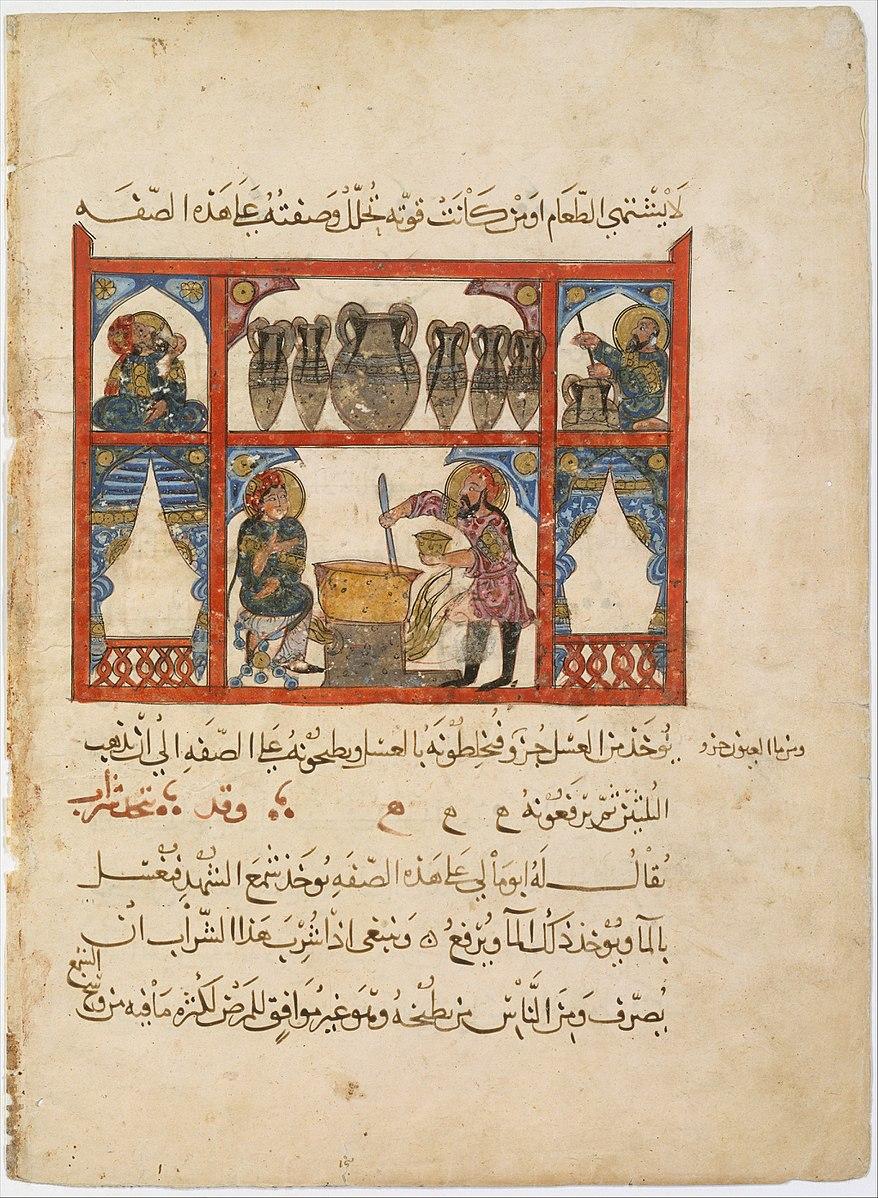
Science and mathematics also flourished and developed significant concepts. Islamic art followed the principles of quasi-crystalline geometry. Symmetric polygonal shapes used to create patterns without gaps could be indefinitely repeated, without repeating the actual pattern. Because of their extensive writing and documentation processes, all of their discoveries in mathematics, medicine, physics, and biology were recorded and disseminated. There were complex theories recorded as well as a procedure as simple as how to prepare medicine from honey (6.11).
Their art also included innovative and creative processes in ceramics, textiles, paper, glass, and metalwork. Lusterware, a type of ceramics, was also popular and decorated with mosaics patterns and calligraphy. Lusterware (6.12) was created by applying a metallic glaze to pottery during a second firing at a lower temperature. This process created an iridescence shine to the clay products. Ceramics made with the process of tin-glazing (6.13) were common. The glaze made with ordinary lead glaze had a small quantity of tin oxide added, producing an opaque white with a gloss.
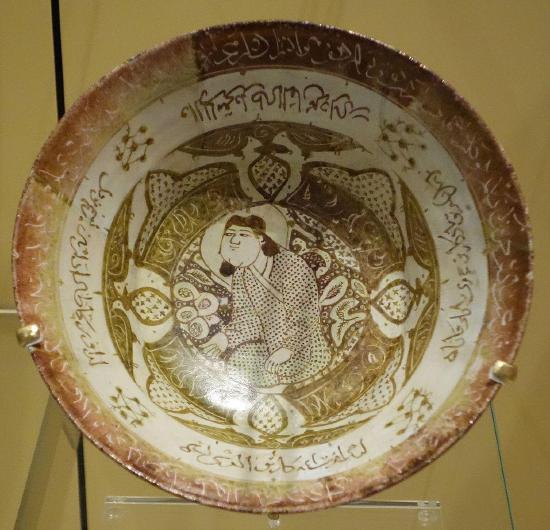
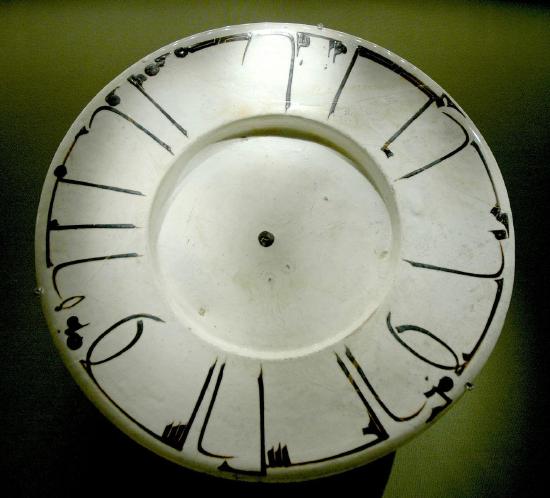
The Grand Mosque of Kairouan in Tunisia, built-in 670 CE, displays Islamic architecture with the arches and the interior spaces decorated in gold, red and blue. The walls (6.14) have Arabic inscriptions covered with glazed tiles and mosaics, including many covered with lusterware (6.15). Decorations did not contain figurative replicas or images. Instead, early art was based on geometric patterns of tiles, set of circles, or squares formed into intricate patterns or tessellations without overlaps or spaces. The complexity of patterns evolved, and stars of multiple points, different types of polygons, plants, or calligraphy added to the embellishments (6.16).
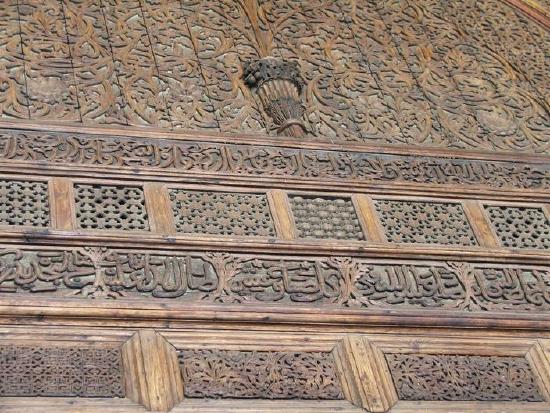
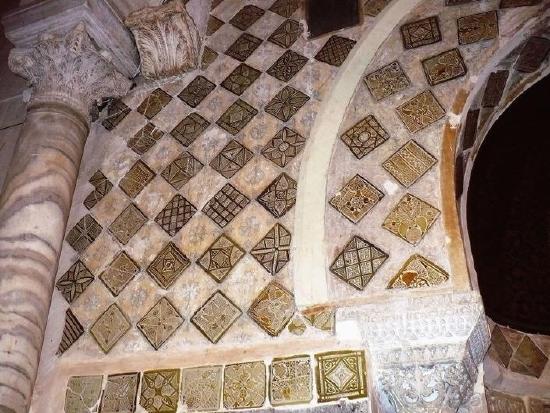

The invasion of the Mongols wiped out many cities, and new sea trade routes by the Western European countries led to the fall of prosperity in the area. The collective knowledge of centuries in the library was set on fire, destroying the books and most of the manuscripts of the Islamic Empire.


